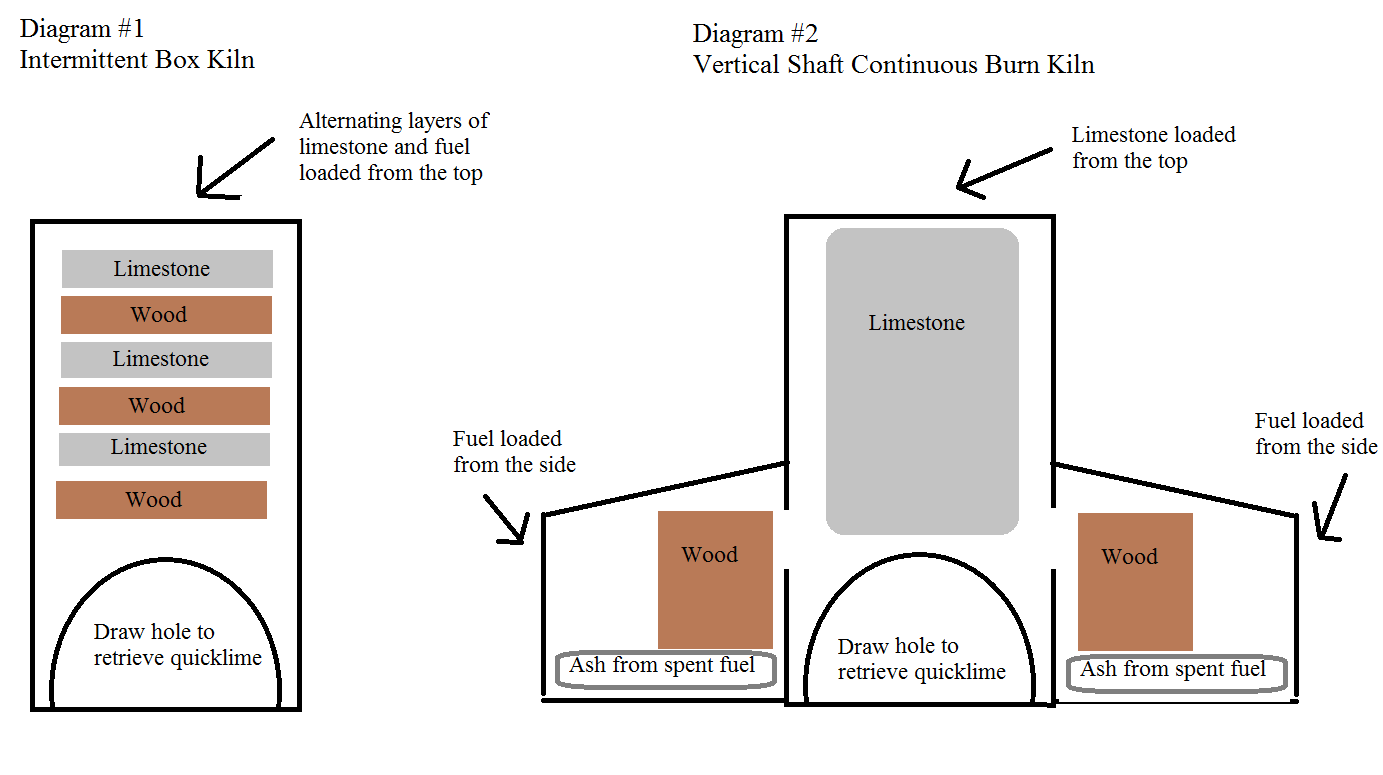
This is an Earthcache, so there is no container to be found here. To get credit for finding the cache, you must email me answers to the questions at the bottom of this page.
Cockeysville Marble
Cockeysville Marble is a term used to describe the formations of limestone in Baltimore, Carroll, Howard, and Harford counties in Maryland. It is predominately comprised of Calcite Marble, Metadolomite, and Calcite Schist. When the Calcium Carbonate contained in Cockeysville marble is heated to over 1,517 °F (825 °C), Carbon Dioxide is vented and quicklime is produced.
CaCO3 + heat → CaO and the process releases CO2.
Quicklime can be combined with water to produce slaked lime (Ca[OH]2). Slaked lime reduces the acidity of soil, improves water penetration, and provides a source of calcium and magnesium for plants. It can also be used as mortar for building purposes.
History
The first families to settle Cromwell Valley were the Stansburys, Towsons, Ravens and Risteaus. The park's name comes from William Cromwell who inherited the land after marrying Elizabeth Raven. In the late 1700s farmers began using lime to rejuvenate their fields and increase crop yield. Lime was also used by nearby residents to whitewash the exterior of their homes. There were at least 8 lime kilns built in the valley. Because of this, the area was referred to as "Lime Kiln Bottom". The 3 lime kilns you see here (from left to right) are called "the Shanklin kiln", "the Risteau kiln", and "the Jenifer kiln".
Intermittent Box Kiln
In an intermittent box kiln, limestone and wood were loaded from the top in alternating layers and then ignited from below (see diagram #1). The kiln burned for several days. During the burning process, workers would try to keep the temperature uniform. This was accomplished by piling up dirt or debris to regulate the draft. When the burning was completed, the kiln was then cooled for 2 days before being unloaded and repaired. The lime was raked out of the bottom along with ash. The use of this type of kiln fell out of favor as more efficient kilns were built.
Vertical Shaft Continuous Burn Kiln
A vertical shaft continuous burn kiln could be used non-stop and didn't require nearly as much maintenance as an intermittent box kiln. In this type of kiln, the limestone is loaded from the top and the fuel is loaded from the sides (see diagram #2). This had the added benefit of reducing the amount of ash that would be mixed in the quicklime. Temperatures inside the kiln could reach over 1832º F (1000º C). Fire brick was used inside the stack to prevent the structure from crumbling due to the continuous high heat. Four acres of trees were needed yearly to fuel one vertical shaft continuous burn kiln. One kiln could produce around 6,000 bushels of high quality lime over the course of a year.

To claim this EarthCache as a find:
1. E-Mail me the answers to the following questions:
A. Which kiln is an example of an intermittent box kiln?
B. Which kiln is an example of a vertical shaft continuous burn kiln?
C. Why do you think the chimneys are so high off the ground?
D. Why do you think this was a good area to build lime kilns?
E. Why was lime from the vertical shaft continuous burn kiln of a higher quality then that of the intermittent box kiln?
F. Why do you think the lime kilns were built on a hillside?
2. (Optional) Post a picture of yourself in front of the lime kilns.
References
http://www.cromwellvalleypark.org/history
https://en.wikipedia.org/wiki/Calcium_oxide
http://geolancashire.org.uk/publications-and-interpretation/the-manufacture-of-quicklime-in-lime-kilns/
http://www.lancasterfarming.com/news/main_edition/lime-a-staple-of-life-in-earlier-times/article_c793e64c-b02b-5bd9-bbf0-49da8ff4bfca.html
Thanks
A big thank you goes out to Jim Kelly and his team for restoring these impressive lime kilns. Also, another thank you goes out to Kirk Dreier for approving this Earthcache and creating the nearby signage.